Sailing on the social TV river
Twitter has become integral to the TV industry – the basis of chatter around shows, offering broadcasters instant feedback and the means to engage audiences like never before. UK general manager Tony Wang tells Jonathan Webdale how the conversation’s evolving.

Peter Chernin
Confirmation came earlier this month that former News Corp president and chief operating officer Peter Chernin has joined the board of Twitter.
The executive, who these days has his own substantial and rapidly expanding media empire, was linked to a post at the social network in September.
Having spent two years on Twitter without using a single one of his 140 allocated characters, Rupert Murdoch’s former right-hand man tweeted cheerily on November 16: “I’ve been a long-time user of Twitter for news and information. Happy to be joining the board of this very exciting company.”
Some have questioned Chernin’s social media credentials, while others have warned it’s a sign the company’s straying from its roots. There are those that have been more supportive, however.
During his time at News Corp, Chernin presided over MySpace and later championed the company’s involvement in Hulu. He clearly retains a strong relationship with one-time Hulu backer Providence Equity Partners, which ploughed US$200m into his current venture, The Chernin Group.
What he brings to Twitter is undoubtedly what the tech company so desperately craves – ever closer relations with the worlds of traditional media and advertising – but this isn’t something new.
“Twitter had tremendous foresight in the very early days to start working with TV networks, to get them to care about using Twitter hashtags and the Twitter social platform to engage their fans. We’re seeing the fruits of that labour right now. When TV networks do call-outs, it’s almost always about Twitter. That didn’t happen by accident,” says Tom Thai, marketing director at social media analytics specialist Bluefin Labs, profiled as part of C21’s Social TV season.
Tony Wang, general manager of Twitter UK, sees things rather differently – that the social network’s emergence as the interactive TV tool of choice for many people has been an entirely organic process.
“Social TV is becoming the way people engage with programming anyway, regardless of what the broadcaster is doing,” he says, downplaying the significance of Twitter’s very active scheme of promoting industry ‘best practice.’ Twitter has become the “global water cooler,” he says.
The site reputedly has 150 million active monthly users, versus Facebook’s near one billion, but because of its open, real-time focus, its position at the heart of the conversation around any scheduled TV show seems secured.
Twitter is “the river that runs through almost every social TV application,” according to Mark Ghuneim, founder and CEO of Trendrr – another social media research specialist, profiled by C21.

Chloe Sladden
“We chose to start with Twitter because it was natural behaviour taking place. People were seeing things, feeling things and expressing themselves around it. We felt if we could measure that naturally we could also look at predictive things, so you start to look at the engagement around television that way.”
Trendrr puts out a now annual top 10 ranking of the US fall pilots with the most social media chatter – on Twitter, Facebook and GetGlue. While some aren’t necessarily convinced of the value of such a table, Wang not surprisingly offers a counterclaim.
“Having tools like Trendrr out there being able to reflect the buzz is helpful for broadcasters because they’re able to see what maybe ratings might not necessarily suggest,” he says. “It may be a smaller audience but there’s now another way, other than just critical acclaim, for broadcasters to be able to judge the quality of a TV show, as opposed to just relying on the ratings at that very moment.”
Twitter gave its clearest signal of its intent to sidle up to the media business several years ago with the hire of former Current TV exec Chloe Sladden as director of media partnerships. More recently in the US it added TV veteran Fred Graver to its ranks, as head of television partnerships, reporting to Sladden. You can watch his first public speech here, delivered last month. In the UK, former BBC social media exec Dan Biddle became head of broadcast partnerships this summer.
In this context, Chernin’s more recent addition is merely the latest step on Twitter’s path towards becoming something that TV has itself long aspired to be: a fully interactive broadcast platform with which the audience can be as engaged or as passive as they wish.
Wang puts it this way: “There’s always two sides of what people are interested in. One is more quantitative – the broadcaster is interested in how to drive TV ratings through using some of the various levers that social TV provides; and then more qualitative is what is it adding to the content – what is the editorial value of social TV or people engaging with programming.”
Wang cites studies claiming that 80% of under-25s are using a second screen to communicate while they’re watching TV. Seventy-two percent of these are using Twitter, Facebook or some mobile app to comment on the show, he says, pointing out that such statistics clearly make the case that broadcasters that aren’t tapping into this aren’t using all the tools at their disposal.
“We’re also seeing some interesting ways that social platforms like Twitter are actually driving engagement as well as tune-in,” Wang continues.
He quotes TV Guide figures showing that 71% of people have seen a social media impression about a TV show and that 17% actually started to watch a show because of that social media impression. Thirty-one percent have continued to watch a show because of social media, says Wang.

Tony Wang
“It becomes both an acquisition device as well as a retention tool. The acquisition piece comes from people who are seeing people tweet about shows but not necessarily watching that show, thinking, ‘Maybe I should also start tuning in.’ I’ve definitely experienced that myself. I now have a very robust list of TV shows that I have to start watching because people I follow are tweeting about these shows.
“On the engagement side, people continue to watch because of the social media impression or because of the buzz that happens on Twitter. That also makes sense too.”
Graver argues that Twitter is becoming the new TV guide – an argument Wang reiterates.
“Our goal is to get people closer to what they care about and the easier it is for people to find programming that they like or the easier it is maybe for them to supplement the programme they’re watching on-air, that’s a great thing,” he says.
Not only are producers and broadcasters making use of Twitter hashtags in ever smarter ways for marketing and interaction, in some instances to replace SMS voting, but the feedback – the ‘social media intelligence’ – is offering scope for genuine creative innovation, Wang argues.
“The more interesting value proposition is not so much recreating what viewers have been able to find on Twitter already, it’s aggregating the data and making interesting visualisations out of it, surfacing patterns or peaks and making that data digestible to both broadcasters and mainstream audiences. We’re seeing a lot more third-party specialists in this space and we think that’s an exciting opportunity.”
Just as Google had been forced to clean up YouTube and populate the site with increasingly professional, advertiser-friendly content, so Twitter must do the same. Lately, with its ‘expanded tweets’ it’s started working with the likes of Lifetime, BET and Dailymotion to include more video within their posts. Of its own volition, Fox became the first broadcaster to make a full TV episode available via Twitter, previewing the latest season of Raising Hope.
Twitter’s contribution to the conversation around TV – and indeed the entire spectrum of human chatter – cannot be disputed, but the company, despite its fluffy-feathered image, is a commercial beast like any other. At the end of the day, it comes down to money and making profit for the investors that have supported it to the tune of hundreds of millions of dollars.
It has already had very public fallings out with the likes of Google, LinkedIn and Tumblr. It’s bought out Twitter clients Tweetie and Tweetdeck that were doing a better job of presentation than it was itself. At some point, it can always switch off its ‘firehose’ of data on which others rely if it doesn’t approve of their services or they compete too closely with its own.
Wang maintains the company’s right to do exactly this. “That shouldn’t be a surprise. For more than two years now we’ve been telling developers not to reproduce that consumer experience but rather focus the innovation further up the stack – by thinking about taking that data, making it interesting, visualised and consumable by broadcasters, at least in the broadcast space.”
But this is a potential concern for those out there trying to create world-dominating second-screen social TV apps. The trouble with a river that runs through everything is what happens if it suddenly dries up.














.jpg)




























